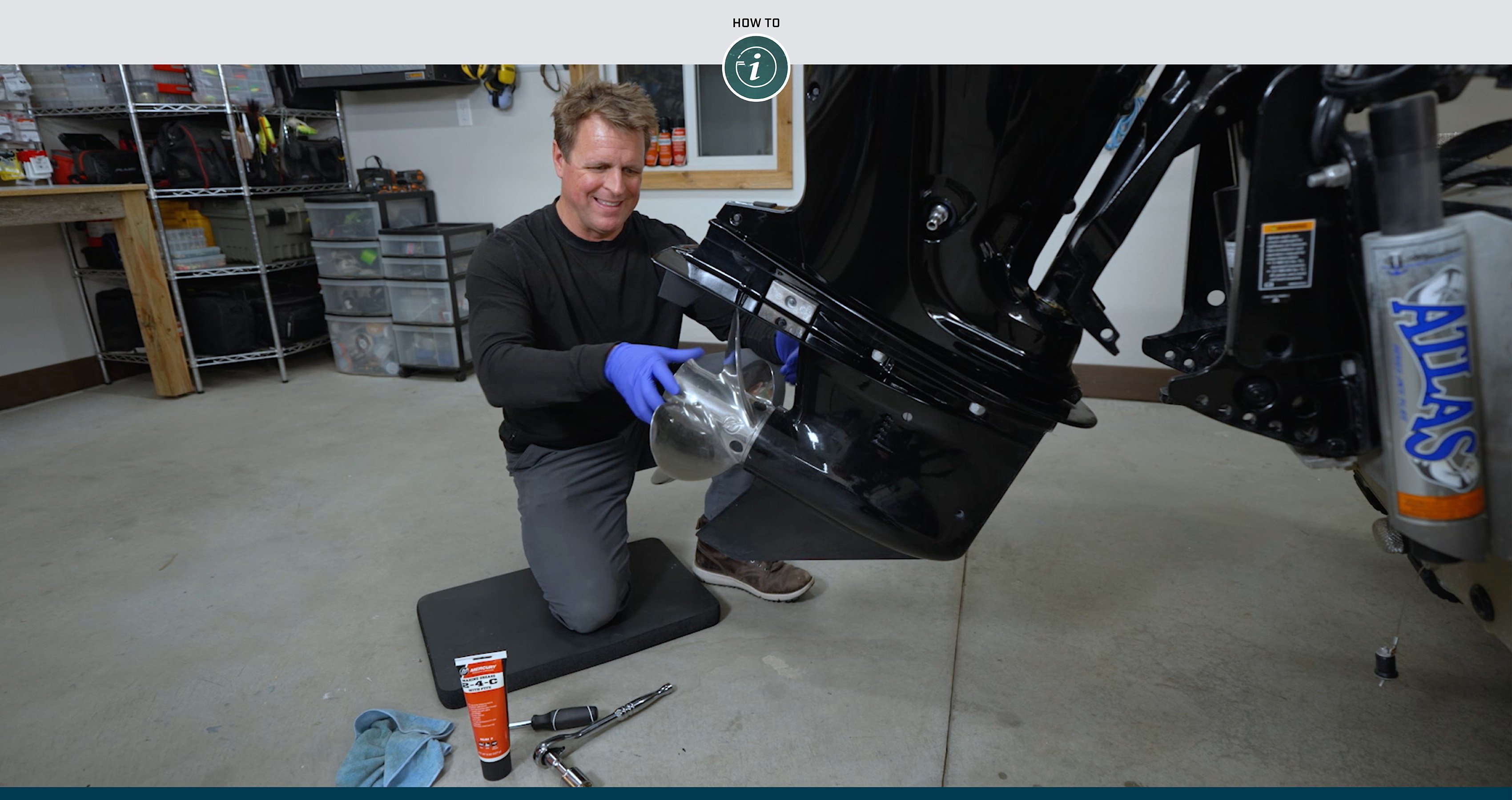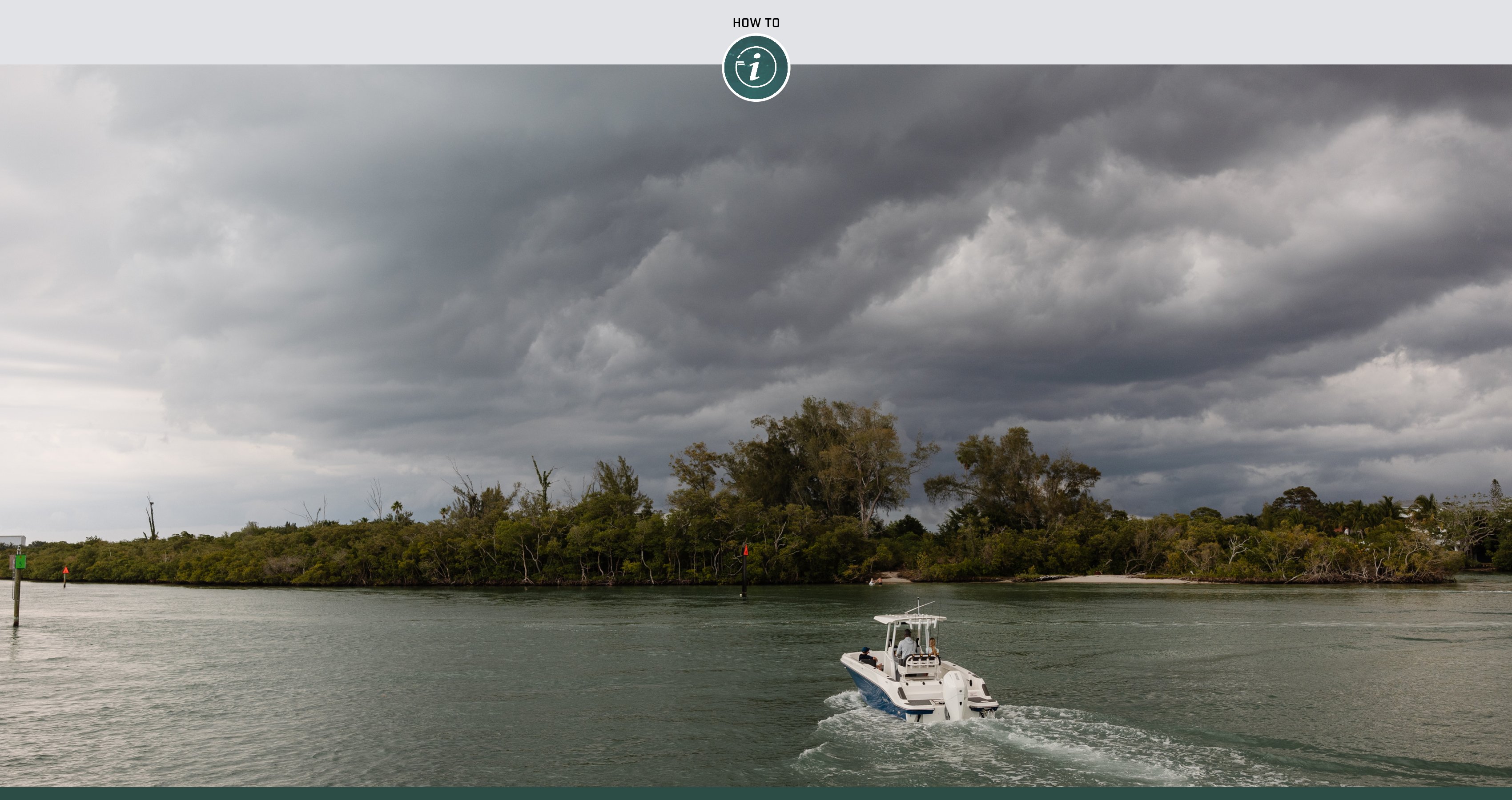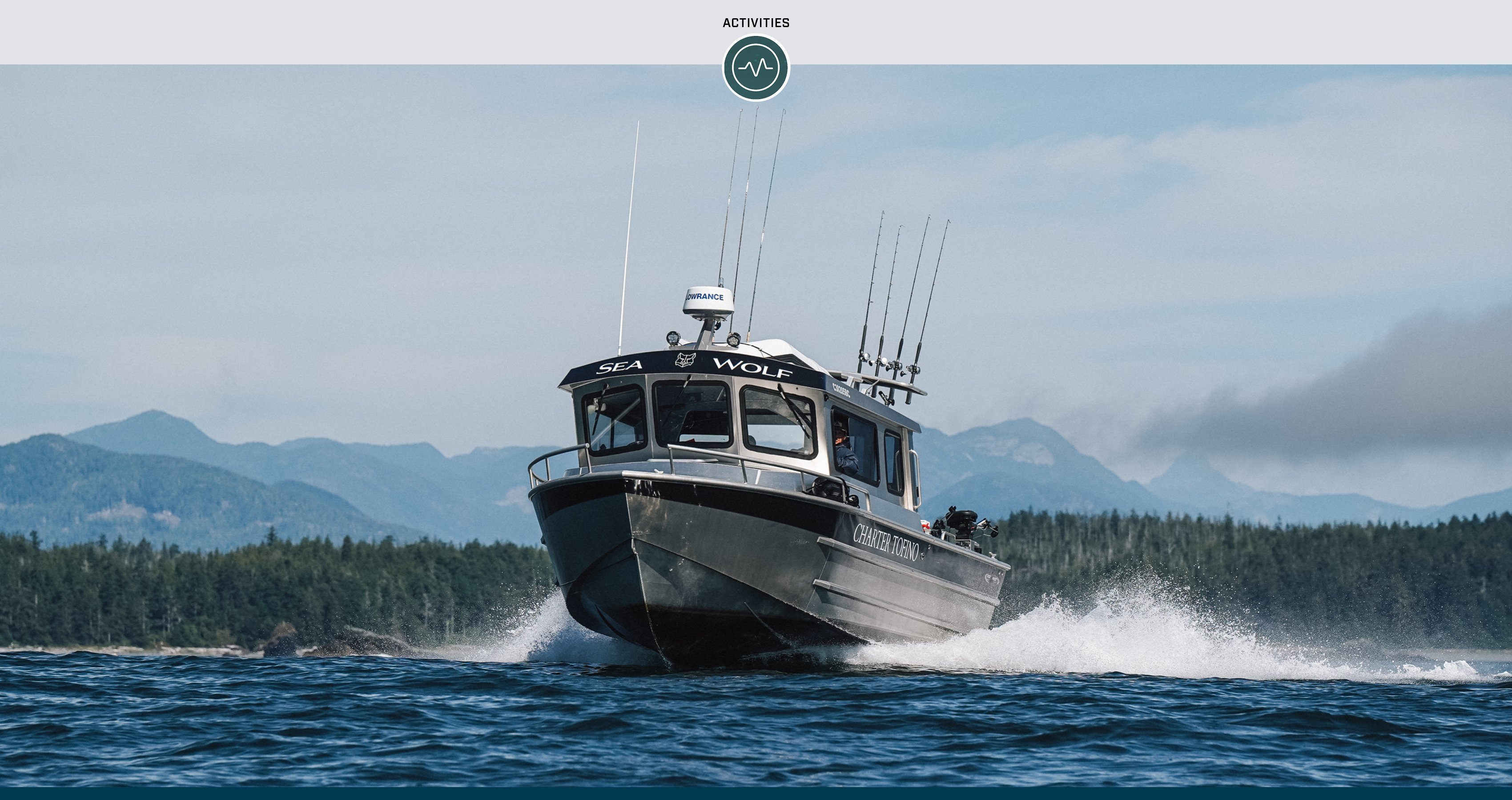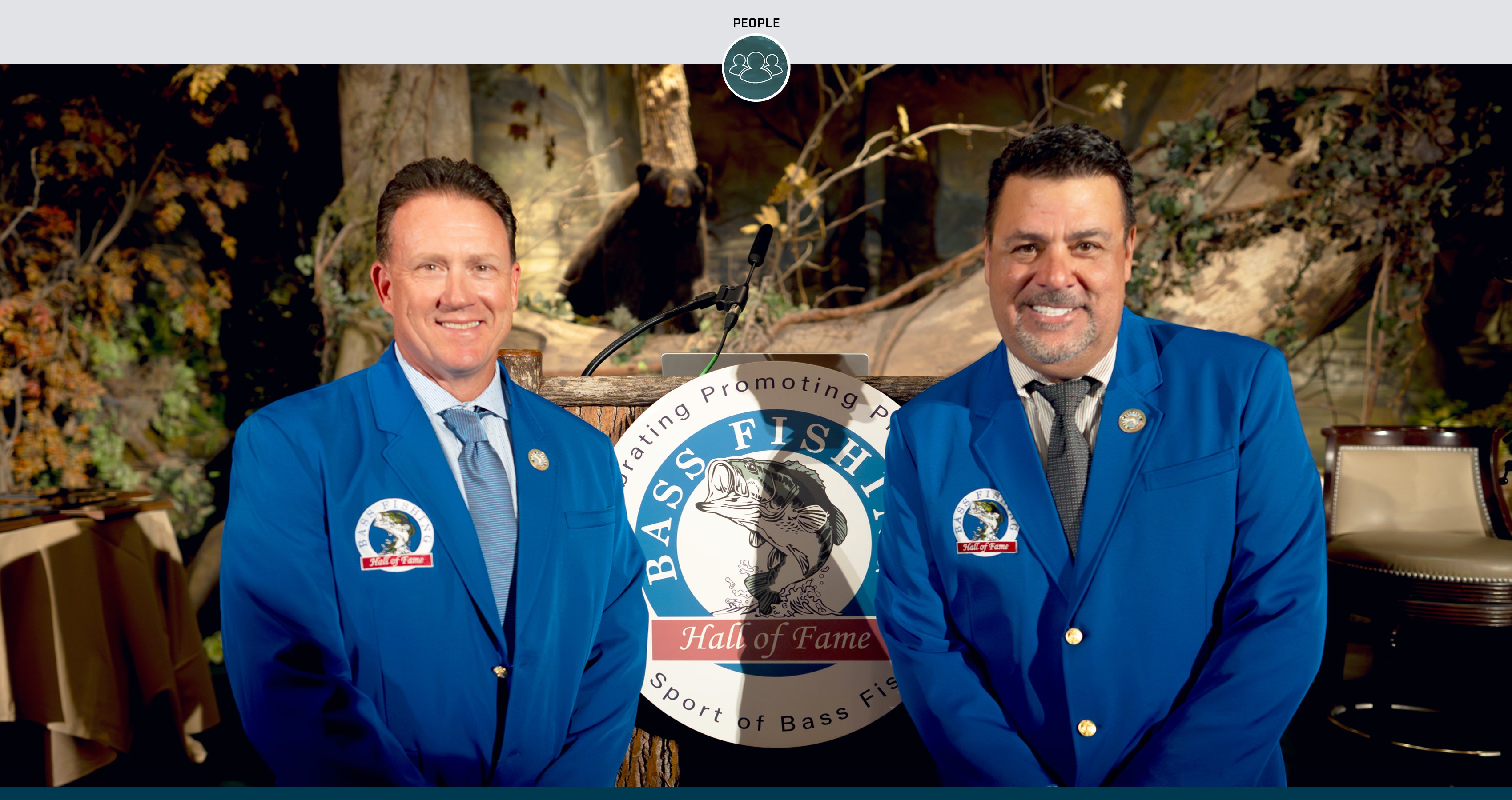With the frequency of extreme weather events (hurricanes, tropical storms, tornadoes, etc.) increasing, it’s incredibly important for boaters to be aware of the steps they should take if their boat and/or marine engine is damaged in a major storm.
Mercury offers some important tips every boater should know ahead of time. If your boat and/or engine is damaged in a hurricane, tropical storm or other severe weather event, first take pictures and videos to document the damage. And of course, contact your marine insurance company. If your boat has sunk or is somewhere you cannot move it yourself, be sure to work with a professional boat recovery service.
Remove all personal items and clean the boat of mud, debris and water. Next, contact your nearest authorized Mercury dealer who can completely check out the motor, prop and boat hull. A thorough post-recovery checkup is required to reduce the possibility of engine damage.
Before filing an insurance claim, read the fine print in your policy. Boat insurance usually covers damage caused by hurricanes and other types of severe weather under the comprehensive section. However, there may be exceptions. If you live in area prone to sever weather events, your policy may have conditions to maintain coverage, such as taking your boat away from a potential storm or storing it in a “hurricane hole,” such as a marina or dry-dock that is officially certified as safe for boat storage during a tropical storm or hurricane.
Here are some additional tips that can help boaters minimize damage and ensure better outcomes from insurance:
Engine and Electrical System Damage from Water Exposure
What to Do If Your Engine and Battery Were Submerged: A submerged outboard and battery will require an immediate inspection by an authorized Mercury dealer. If an engine is completely submerged, service is needed to ensure all components are cleaned and properly dried to prevent corrosion.
How to Inspect the Electrical System if the Boat is Submerged: Disconnect the battery and thoroughly dry all exposed wiring and components. You should consult a qualified marine electrician to fully assess and repair the system.
Hull Damage and Structural Integrity
Inspect the Hull for Structural Damage: Inspect the boat’s entire hull, both below and above the waterline for obvious issues, including visible cracks, blisters, soft spots, delamination, areas with discolored gelcoat, loose fittings, and any signs of water intrusion. To check for damage that is not visible, use a tapping tool to check for hollow sounds in potentially damaged areas, especially around the transom and along the chine. If you notice any damage, Mercury recommends you have your boat inspected by a professional.
Propeller and Shaft Inspection
What to Look for After the Storm: Carefully remove the propeller and inspect the blades for any bends, nicks, or cracks. Additionally, you can run your fingers along the leading blade edge to feel for irregularities. However, you will want to be very careful when doing this since damage to the edge can make it very sharp. Remove any debris, including fishing line that may have wrapped around the shaft, and assess the shaft itself for signs of corrosion or damage, particularly around the hub and where it connects to the lower unit.
Mold and Mildew Prevention
How to Control Cabin Moisture After Flooding: Thoroughly dry your boat’s interior and remove standing water. Open hatches and portlights to maximize ventilation and use a dehumidifier to reduce humidity levels. Clean all surfaces with a diluted bleach solution and use moisture-absorbing silica gel packets or marine mildew blocks to remove additional moisture from the air and enclosed spaces. Remove damp cushions and air-dry them. If they are severely wet, consider replacing them.
Trailer Damage
Inspecting Your Boat Trailer for Damage: Check the entire trailer frame, including axles, wheels, tires, lights, and hitch, for signs of bending, cracks, punctures, missing parts, loose connections, or visible damage. It’s especially important to look for excessive rust or corrosion, particularly on the trailer frame and suspension components. If your trailer has been submerged in salt water, it is a good idea to rinse it thoroughly to help prevent corrosion. Also check the trailer electronics to ensure the lights are working correctly, and be sure to test the brakes to confirm they are working properly.
Corrosion Prevention (Post Storm)
How to Minimize Corrosion from Saltwater Exposure: Flush the engine with freshwater to remove salt deposits that can cause corrosion. In accordance with your maintenance manual, apply a corrosion inhibitor to all exposed metal parts to protect against corrosion and rust. Lastly, apply a protective coating, such as Mercury Corrosion Guard Engine Protect, to limit the metal’s exposure to corrosive elements.
Fuel System Contamination
Check for Contamination of the Fuel System: Siphon a few ounces of fuel into a clear glass container and let it sit for 30 minutes. If water is present, it will form a clear layer at the bottom of the container. To check the tank for water, use a hand pump to siphon fuel from the bottom of the tank at the fuel filter and let the fuel sit for a half hour to allow any water to settle. Uncontaminated fuel will be amber in color. If there is water present, it will form a layer at the bottom of the jar since it is denser than gasoline. If you do find water in your boat’s fuel line or tank, we recommend contacting a Mercury Authorized Dealer for assistance.
Work with Certified Technicians
Always Use Certified Marine Technicians After Storm Damage: A certified marine technician is trained and experienced in looking for post-storm damage to marine engines, boat hulls, electrical system and much more. They also have the diagnostic equipment necessary to conduct thorough inspections and make needed repairs. Mercury Certified Technicians are held to high standards and have credentials from reputable institutions. Even after making post-storm repairs, it’s a good precautionary measure to bring your boat and engine in for regular inspections to identify post-storm related issues, such as leaks or worn-out components, before they become major problems.
A final note of caution. After your boat is back up and running, do not enter waterways impacted by a storm until local officials declare they are open. Strong currents can be challenging and dangerous, and debris can be hidden below the water line. Once you enter a waterway that is approved for navigation, proceed cautiously, usually at no-wake speed. It’s fine to remove easily reachable debris but be careful in doing so to avoid colliding with objects that could damage your hull, engine or props.




